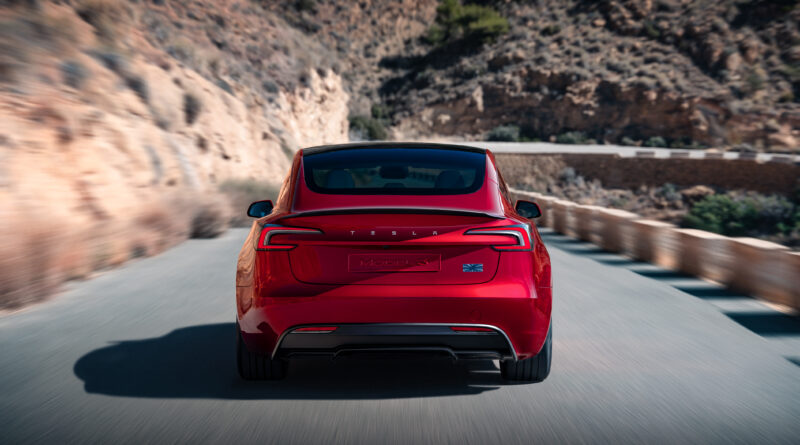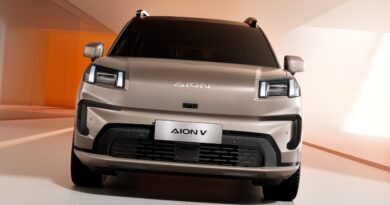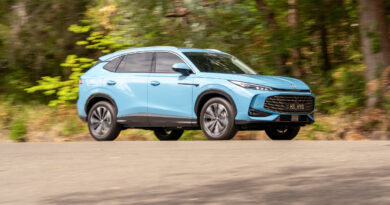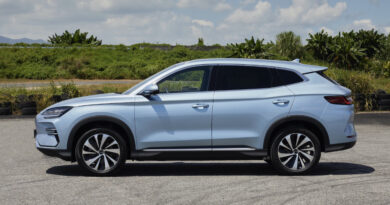Tesla owners may soon need a special licence to drive a FEV (Fast Electric Vehicle)
When you get a boat licence, you are not allowed to pilot a cruise ship, or a Sydney Ferry, nor one of those stupidly powerful racing boats that always seem to be performing deadly pirouettes on YouTube.
Once you have a full car licence, however, at the wise old age of 20, the only thing stopping you from driving a wildly dangerous supercar is how rich you are. Lamborghinis and Ferraris are great to drive, but that doesn’t mean they’re bought by great drivers, only by people with great wealth.
From a certain point of view, then, if you really squint, South Australia’s recent announcement that it will demand people obtain a special licence before being allowed to drive Ultra High Powered Vehicles (UHPV), makes sense.
And yet it also looks like just the latest example of the Nanny State getting its pearls tangled in its cardigan and its crooked old arthritic fingers in all of our business. What should be alarming about it is that every state in Australia will surely follow suit, quickly (Victoria must be well pissed it didn’t get there first) and it’s not much of a stretch from there to laws being introduced demanding a special licence for drivers of FEVs (Fast Electric Vehicles).
Many is the Tesla buyer I’ve met who quietly admits to being alarmed at how fast their new car is, how their partner refused to drive because it’s too intimidating, and that they would never, ever attempt to teach their teens to drive in one because it would be like teaching them to swim by throwing them in a shark tank.
The admittedly alarming thing about vehicles like the new Tesla Model 3 Performance, the Hyundai Ioniq 5 N or the Kia EV6 GT is that they are super car fast, without the barrier of entry that is a huge price tag (Porsche’s Taycan is silly fast, too, but it’s also reassuringly expensive).
South Australia is defining a UHPV as having a power-to-weight ratio of at least 276kW per tonne (1000kg). A Lamborghini Huracan has a power-to-weight ratio of 292kW per tonne and can go from zero to 100km/h in 3.2 seconds, while a Ferrari 296 GTB is pushing north of 400kW per tonne and can hit 100km/h in 2.9 seconds.
Both of those cars cost what can only be described as Stupid Money, while a Model 3 Performance, yours for just $80,900, is faster to 100km/h than the Lambo and line ball with the Ferrari. Its power to weight figure, however, is just 185kW per tonne, by my math, which means that it’s not an Ultra High Performance Vehicle, at least in South Australia, even if it’s faster, and more financially accessible, than a UHPV. It’s just a FEV, for now, but if you can’t see where this is going, you must be having trouble reading this article with your eyes shut. (The Ioniq 5 N is 214kW per tonne in Boost mode and the Kia EV6 GT is 197kW/tonne – EVs do benefit from being so heavy.)
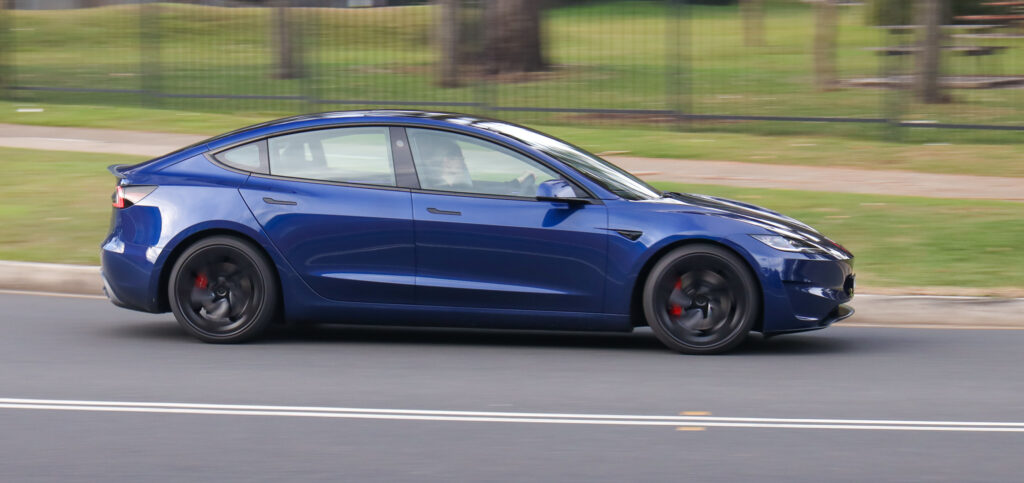
The reason that the new law has been introduced is the death of a 15-year-old South Australian girl, Sophia Naismith, who was struck and killed by a Lamborghini Huracan in 2019. To be fair, they are at least blaming the drivers rather than the car itself for being the problem. (Strangely, motorcycles are exempt from the new rules, the theory perhaps being that riders only kill themselves.)
Every time I review a supercar someone writes in to say “I don’t understand why we sell ANY cars that go faster than 110km/h, that’s the speed limit, and no one needs to go any faster than that”. To which I respond that, by that thinking, bread and water is enough to live on, so we should ban lobster, caviar and even burgers. And that sitting inside a plane is really the only safe way to live, so parachuting will have to go as well.
It might not have happened yet, but eventually a government is going to come for FEVs, and demand that anyone who dares to own one seek extra training (perhaps we could all just get better training in the first place, or make the licence test harder, but don’t start me on that one).
In South Australia, people who wish to drive a UHPV, perhaps because they already own one, will have to apply for a U-class licence, which will involve completing an online course, which takes 45 minutes and costs $61 (these people are rich, why not charge them $6001?).
After completing the courses, those drivers then have to undergo a special licence test, presumably in their fancy cars – which will be a nice day out for the licence-test gives, whose lives are probably pretty miserable most of the time – and they can attempt that test as many times as they like. Successful U-class licence holders will pay an additional $20.
The good news is that if you drive a UHPV into South Australia on an out of state licence, you can just get on with your life.
South Australian transport minister Tom Koutsantonis was delighted to be introducing the innovative new system.
“Through practical modules focusing on vehicle features, safety systems, maintenance, laws and penalties, we’re compelling drivers to take responsibility and be aware of the additional risks that come with driving a UHPV,” he said.
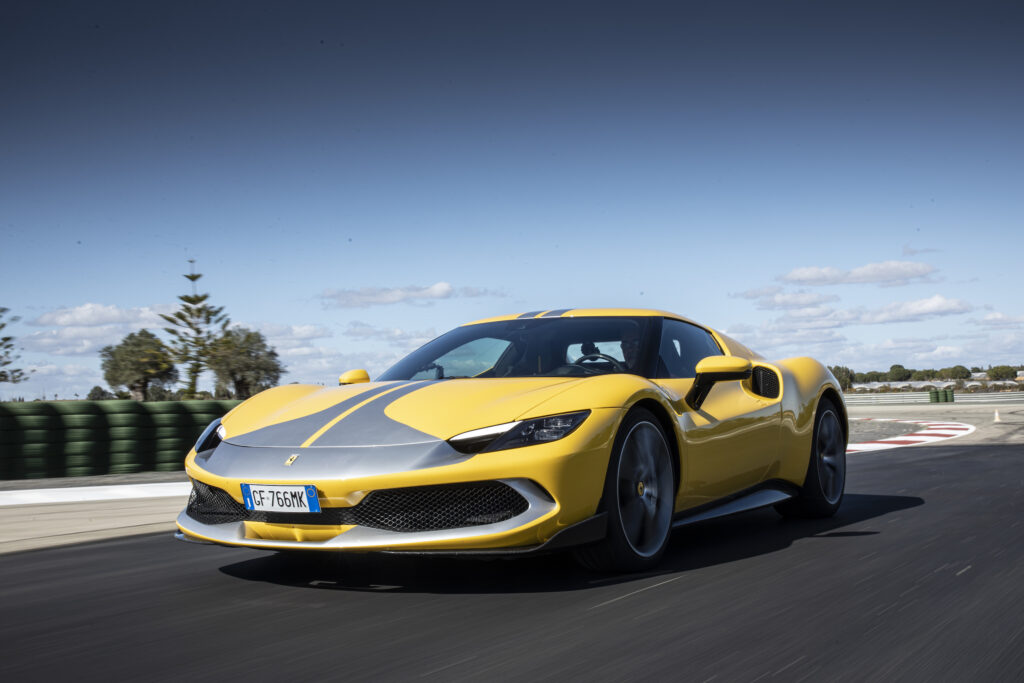
“Given these risks, it’s crucial that we can influence driver behaviour but also ensure that our authorities are empowered to prosecute individuals who endanger the lives of others.
“We will be undertaking a targeted education campaign to remind UHPV drivers to complete this training to obtain a U-class licence by 1 December 2024.”
I’m going to go out on a limb, because I like it out there, and suggest that, within five years, every Australian state and territory will do the same thing, that you won’t be able to drive a UHPV anywhere without the special licence and that, probably within the same time period, you’ll need a FEV licence to drive one of those, too.
The sad thing is that when I grew up Australia was a laid back place that abhorred rules and where people did what they liked and thumbed their sunburnt noses at places like the UK, which was a Nanny State before we’d even heard the term.
And yet… England does not force people to get a special license to drive powerful cars. In fact, as far as I can tell, South Australia might be the only place on the planet to do so.

